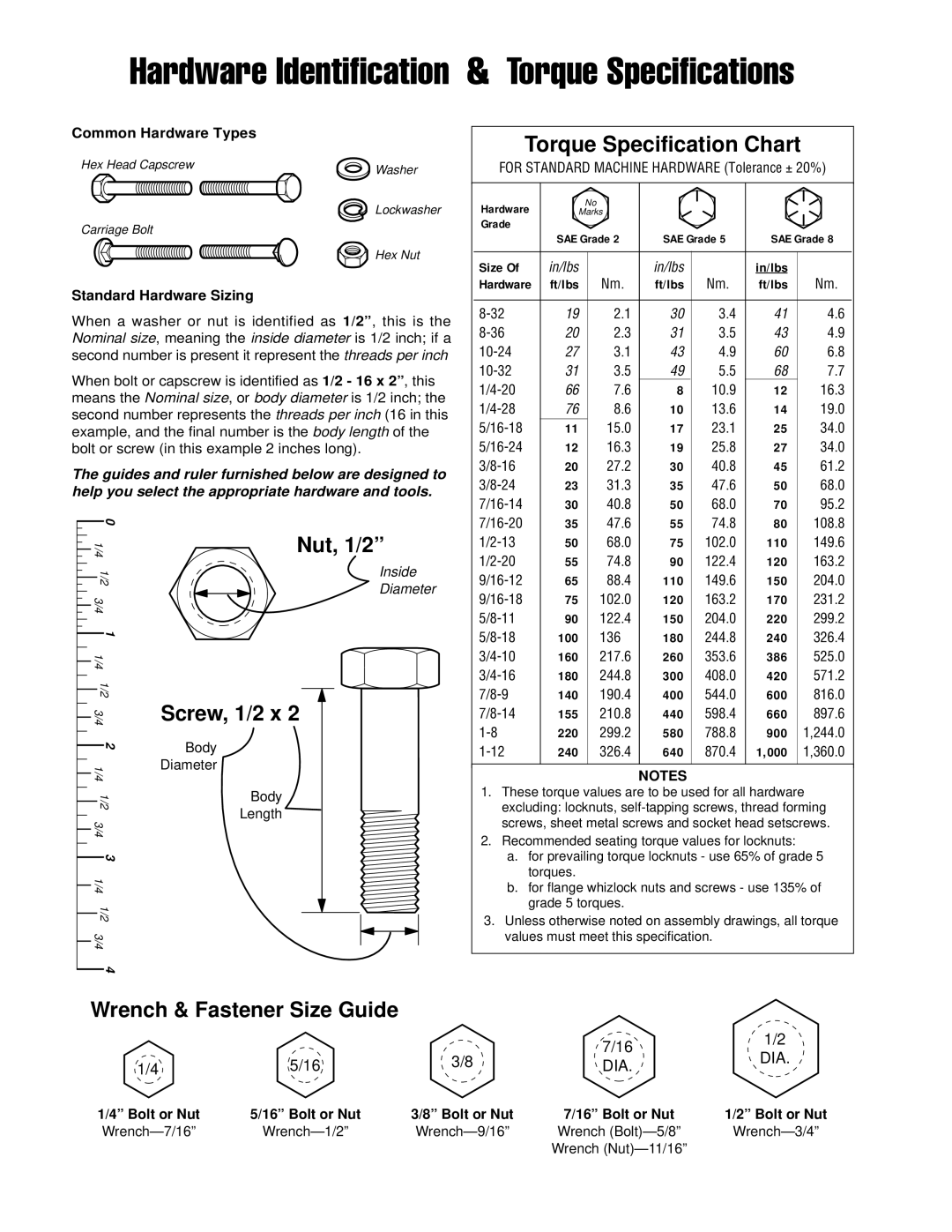1600, 2600 specifications
Simplicity 2600 and 1600 are groundbreaking series of industrial sewing machines designed to meet the demands of modern textile manufacturing. These models emphasize efficiency, ease of use, and versatility, making them indispensable tools in a wide range of garment production settings.One of the main features of the Simplicity 2600 and 1600 series is their user-friendly interface. Both models come equipped with a digital control panel that simplifies the selection of stitch patterns, adjustment of thread tension, and customization of sewing speed. This intuitive design ensures that operators, regardless of skill level, can quickly adapt to the machines, thereby reducing training time and increasing productivity.
In terms of stitch capabilities, the Simplicity machines excel with numerous built-in stitch options, catering to various sewing requirements. This includes utility stitches, decorative stitches, and specialized stitching options for fabric handling, such as stretch and overlock stitches. The seamless integration of these features allows users to create intricate designs while ensuring the durability and comfort of the final product.
Moreover, the technology behind Simplicity 2600 and 1600 centers around enhanced motor performance. These machines utilize powerful yet energy-efficient motors, enabling them to handle diverse fabric types, from lightweight silks to heavier denim. The robust construction and precision-engineered components contribute to consistent stitch quality and reliability over long production runs.
Durability is another hallmark of the Simplicity series. Both models feature an all-metal frame that provides stability and resistance to wear and tear. This construction not only enhances the lifespan of the machines but also promotes quieter operation, enabling a more pleasant working environment.
Simplicity 2600 and 1600 are equipped with a range of safety features designed to protect users. These include automatic needle positioners, built-in thread cutters, and foot pedal controls that provide essential safety measures while allowing for seamless operation.
In summary, Simplicity 2600 and 1600 are more than just sewing machines; they represent a fusion of innovative technology and practical design. With their user-friendly controls, versatile stitch options, robust motor performance, and focus on safety and durability, these machines stand out as essential tools for both small-scale sewists and large manufacturers seeking to elevate their production capabilities.

